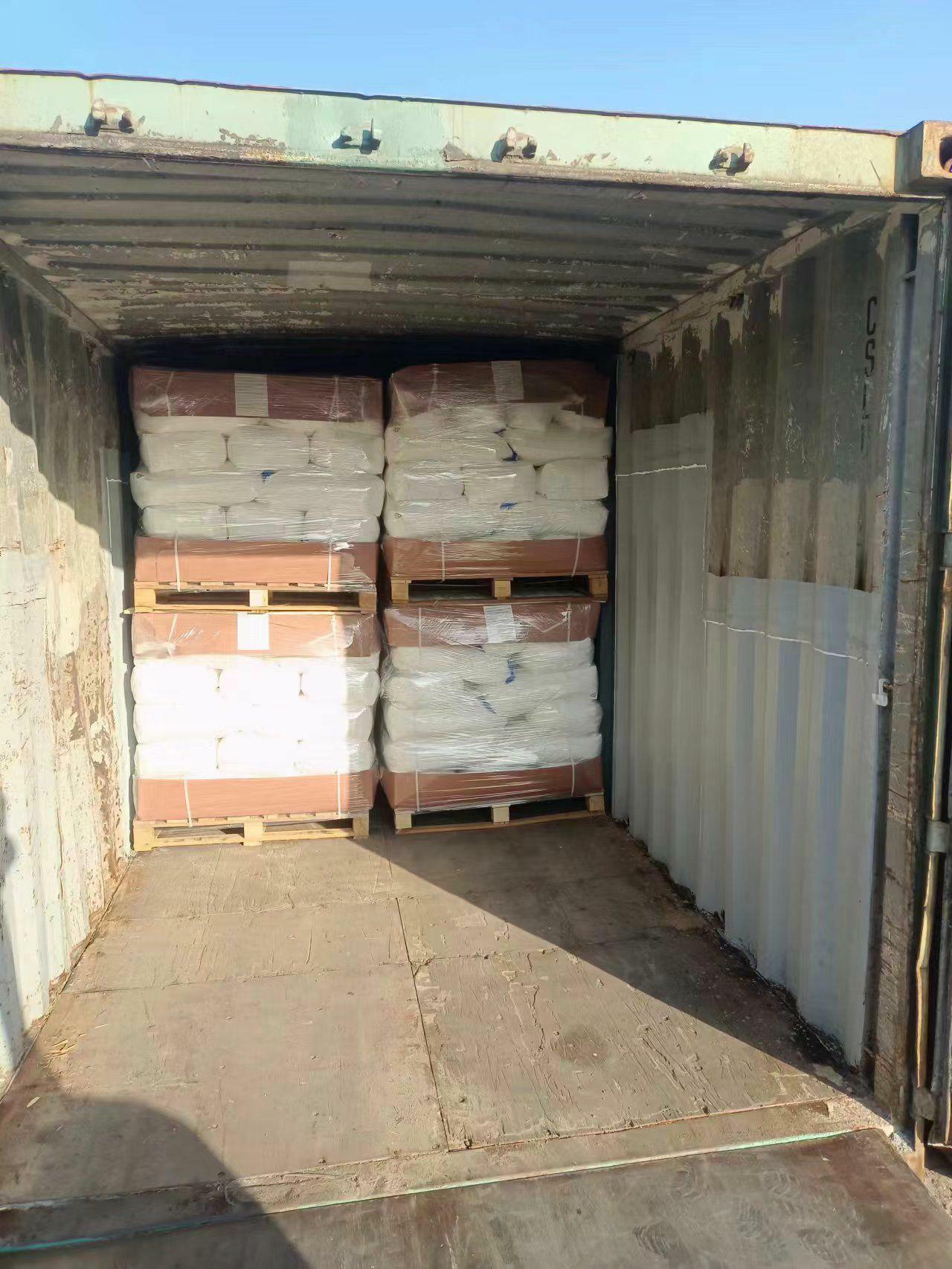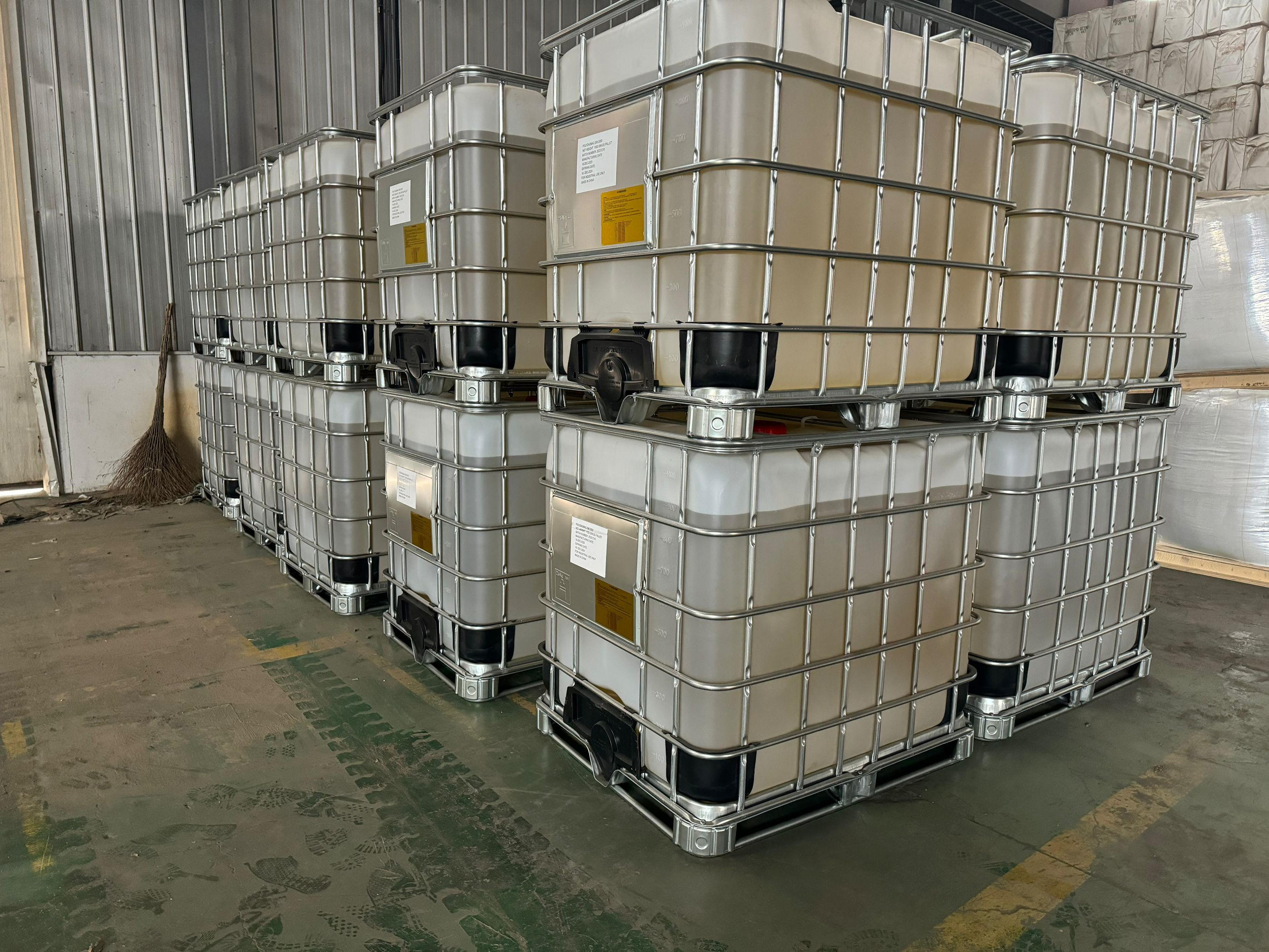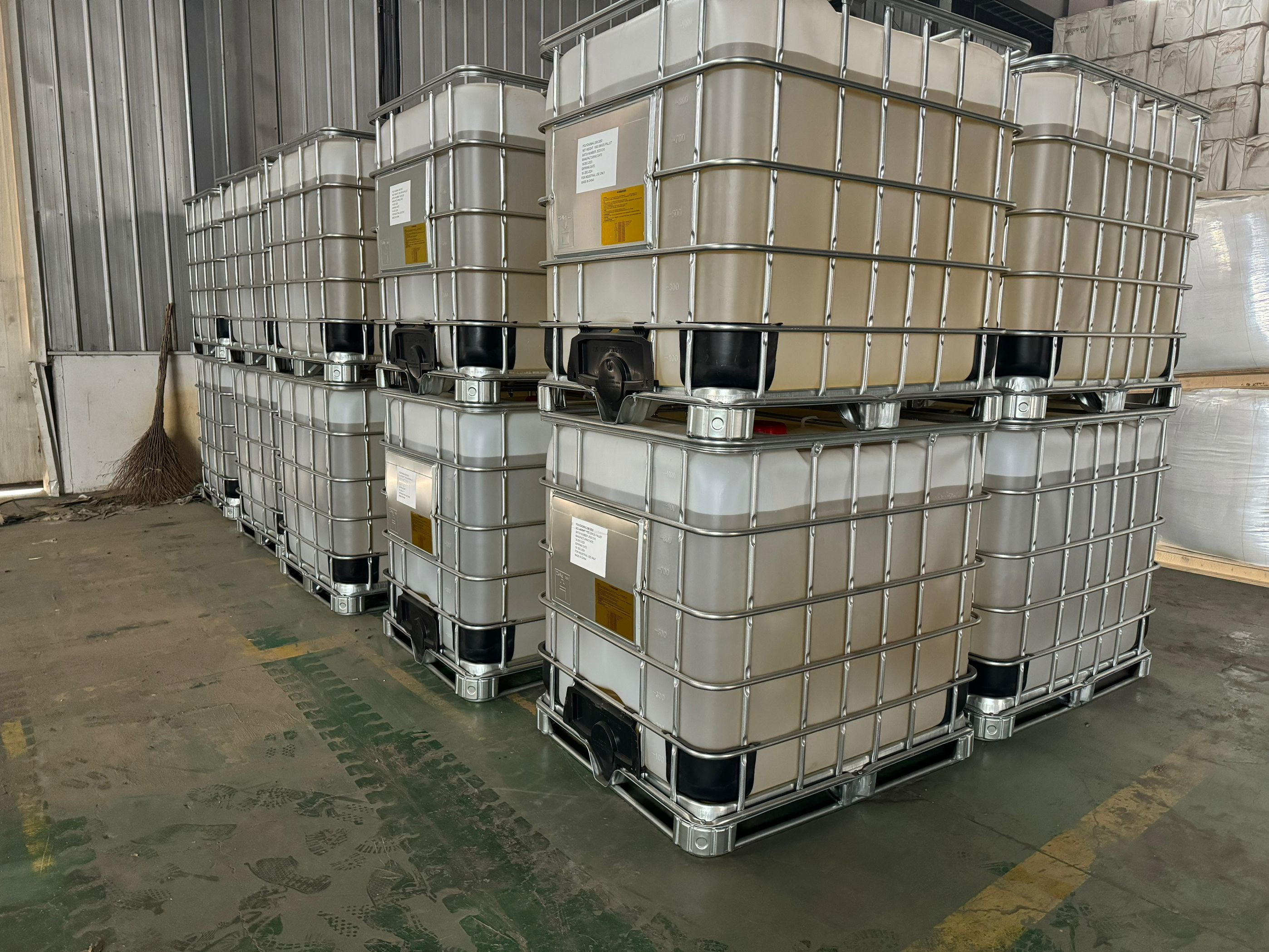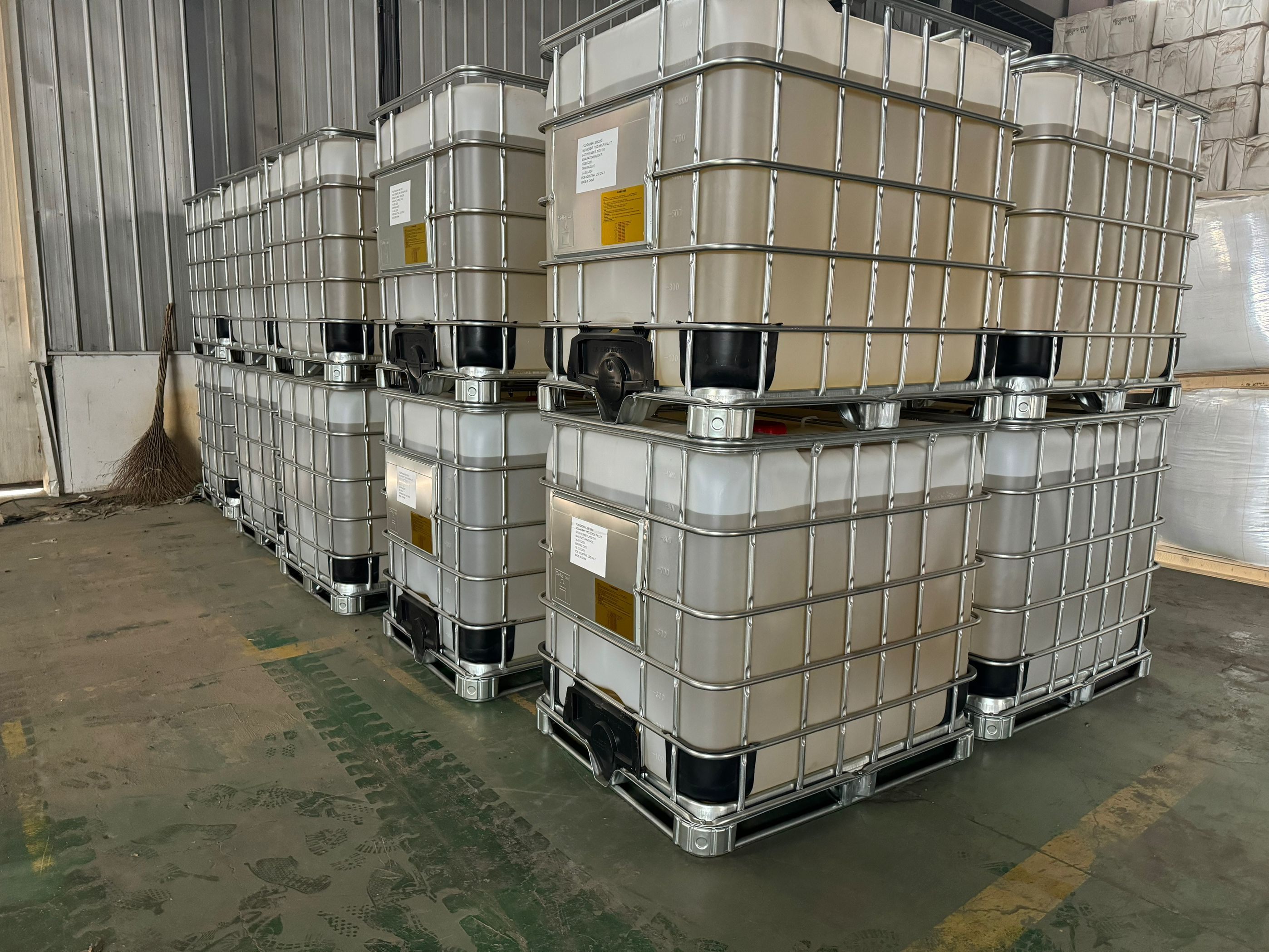Branched cationic polyacrylamide (BCPAM) emulsions are high-performance polymers primarily used in industrial and municipal processes for water treatment, sludge dewatering, and solid-liquid separation.
Branced cationic polyacrylamide emulsion used for water treatment and sludge dewatering
Material
- polyamine
Color
- light yellow
Application
- water treatment ,mineral processing
Certificate
- ISO9001 ,ISO14001
Place of Origin
- China
Other Names
- superfloc c-587
Brand Name
- asiafloc
Usage
- water treatment ,mineral processing ,textile ,oil and gas
Branched cationic polyacrylamide (BCPAM) emulsions are high-performance polymers primarily used in industrial and municipal processes for water treatment, sludge dewatering, and solid-liquid separation. These emulsions are synthesized through free-radical polymerization of acrylamide monomers with cationic monomers, and a branching agent to provide a three-dimensional network structure. The branching enhances molecular entanglement, increases intrinsic viscosity, and significantly improves performance in demanding applications compared to linear analogs.
This essay explores the multifaceted applications of BCPAM emulsions across industries such as municipal wastewater treatment, industrial effluent management, papermaking, mining, oil and gas, and textile processing. The focus will be on their mechanism of action, efficiency advantages, and implementation in real-world operations.
1. Municipal Wastewater Treatment
One of the most widespread applications of branched cationic polyacrylamide emulsions is in municipal wastewater treatment. These polymers are used primarily in sludge conditioning and dewatering processes, where their high molecular weight and cationic charge allow them to interact with negatively charged particles in wastewater, such as organic matter, microbial flocs, and suspended solids.
Sludge Dewatering
In sewage treatment plants, sludge dewatering is critical to reduce sludge volume and transport costs. BCPAM emulsions are used in belt filter presses, centrifuges, and screw presses to facilitate rapid water release from the sludge matrix. Their branched structure enables more effective flocculation by forming larger and denser flocs, improving the filterability and dryness of the cake. This leads to increased throughput, lower polymer dosages, and reduced energy consumption.
Secondary and Tertiary Treatment
During secondary and tertiary treatment stages, BCPAM emulsions assist in the clarification of biologically treated effluent. They help in removing residual suspended solids and reducing turbidity before discharge or reuse. Their cationic nature enables them to neutralize anionic colloids and bridge particles, facilitating faster settling and improved effluent quality.
2. Industrial Wastewater Treatment
BCPAM emulsions are extensively applied in the treatment of industrial effluents from sectors like food processing, petrochemicals, pharmaceuticals, pulp and paper, and metallurgy. Industrial wastewaters often contain high concentrations of suspended solids, oil and grease, heavy metals, and organic contaminants.
In these contexts, BCPAM acts as a primary coagulant aid or flocculant to enhance sedimentation or flotation processes. Its effectiveness in high-turbidity, high-salinity, or high-organic-load conditions makes it a preferred choice. It is especially useful in Dissolved Air Flotation (DAF) systems for removing fats, oils, and grease (FOG) in food and beverage or dairy industry wastewater.
In mining and metal processing, BCPAM emulsions aid in the clarification of tailings and the recovery of process water by aggregating fine particles into manageable flocs.
3. Papermaking Industry
The papermaking industry utilizes BCPAM emulsions primarily in retention, drainage, and clarification processes. In papermaking, it is crucial to retain fines and fillers within the paper web while facilitating the removal of excess water.
Retention and Drainage Aids
BCPAM emulsions are employed as part of the wet-end chemistry to improve the retention of fibers, fillers, and additives during sheet formation. Their cationic character enables binding with anionic cellulose fibers and fillers, thus preventing the loss of valuable materials. The branched structure ensures stronger and more uniform floc formation, leading to enhanced retention efficiency and paper machine speed.
Sludge Management
BCPAM emulsions are also used in the treatment of white water and process wastewater in paper mills. They assist in recovering solids and recycling process water, thereby improving sustainability and reducing environmental discharge loads.
4. Oil and Gas Industry
In the oil and gas industry, especially in enhanced oil recovery (EOR) and produced water treatment, BCPAM emulsions have critical applications.
Enhanced Oil Recovery (EOR)
During polymer flooding in EOR, polymers are injected into reservoirs to increase the viscosity of the displacing fluid, thereby improving sweep efficiency. Branched polyacrylamides offer better thermal stability, salt tolerance, and shear resistance than linear types, making them suitable for harsh reservoir conditions.
Produced Water Treatment
Produced water, a by-product of oil extraction, contains suspended solids, hydrocarbons, and salts. BCPAM emulsions are used to flocculate suspended solids and assist in the separation of oil-water emulsions. Their branched architecture enables faster sedimentation and better oil capture, which is essential for reuse or environmentally safe disposal.
5. Mining and Mineral Processing
In mineral processing and tailings management, BCPAM emulsions serve as flocculants for thickening slurries and clarifying process water. They are used in thickeners, clarifiers, and filtration systems to improve solid-liquid separation, reduce water consumption, and minimize tailings pond sizes.
In alumina refining (Bayer process), coal washing, and phosphate flotation, these emulsions help recover valuable minerals, reduce chemical usage, and improve throughput. Their robustness under highly alkaline or saline conditions makes them ideal for mining applications.
6. Textile and Dyeing Industry
Textile wastewater is often colored and contains reactive dyes, surfactants, and suspended solids. BCPAM emulsions are used to decolorize and clarify such wastewater through charge neutralization and bridging flocculation mechanisms.
Their application improves the efficiency of primary and secondary clarification stages and enables recycling of process water. In dyeing operations, BCPAM can also act as a fixative for improving dye uptake and color fastness on fabrics.
7. Soil Stabilization and Erosion Control
While less common, BCPAM emulsions are used in environmental engineering projects for soil conditioning and erosion control. They improve soil aggregation, reduce surface runoff, and promote vegetation growth on slopes, embankments, and construction sites. Their ability to bind fine particles makes them effective in dust suppression and sediment control.
Advantages Over Linear Polymers
The branching in BCPAM emulsions imparts several advantages over their linear counterparts:
Improved floc strength and density, resulting in better dewatering.
Higher resistance to shear degradation, allowing use in high-speed mixing environments.
Lower dosage requirements, reducing operational costs.
Faster sedimentation and clearer supernatant, essential in continuous treatment systems.
Environmental Considerations
While BCPAM emulsions are effective, their environmental impact must be managed. Residual monomers like acrylamide are toxic, and their concentration must be kept below regulatory limits. Modern formulations focus on minimizing residual acrylamide, using biodegradable carriers, and ensuring safe handling.
Conclusion
Branched cationic polyacrylamide emulsions are indispensable in various industries for their superior performance in flocculation, dewatering, and solid-liquid separation. From municipal and industrial wastewater treatment to papermaking, mining, oil recovery, and textile processing, these polymers contribute significantly to efficiency, sustainability, and regulatory compliance. Their unique molecular architecture offers advantages that linear polymers cannot match, making them a key component in modern process optimization and environmental protection strategies.






